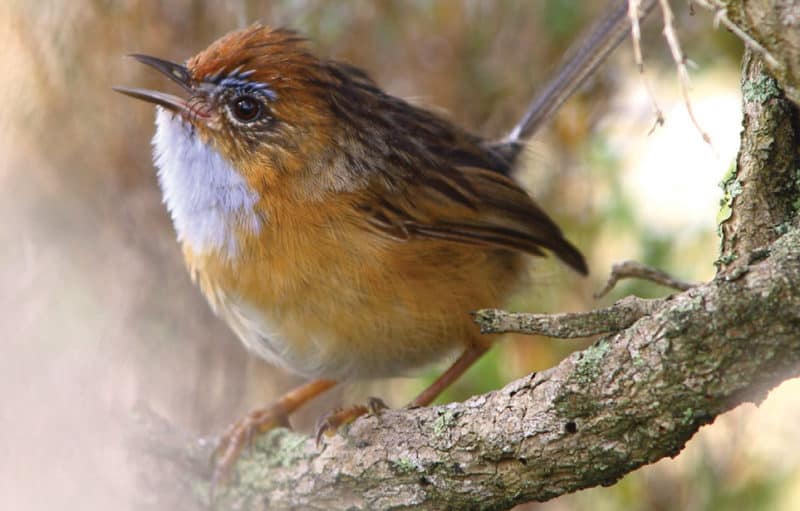PARK WATCH March 2017 |
It’s official – the internationally significant Anglesea Heathlands will be included in the Great Otway National Park in the autumn session of state parliament.
This remarkable outcome is the result of the long and concerted campaign we have supported by the Geelong Environment Council, Friends of the Eastern Otways, Angair and Surf Coast Air Action. The groups had campaigned for the Alcoa coal mine behind Anglesea to be closed, the company’s adjacent power station to cease operation – Surf Coast Air Action raised concerns about local air pollution – and the heathlands included in the national park.
The threat to the heathlands emerged more than 50 years ago, when the US aluminium company, Alcoa, secured a long-term lease over 7145 hectares of the Anglesea Heathlands in 1961.
The 1960s might have been the flower power decade of peace and love, but the Bolte Government was hell-bent on industrial development, and even wanted to turn Western Port into the Ruhr of Australia. Little-known heathland flowers behind Anglesea had no power to stop it.
By 1968, Alcoa was open-cut mining for coal to be used in its nearby power station, transmitting electricity to the company’s Point Henry aluminium smelter.
Six years ago it was likely the mining operation would continue for at least another half century, when Alcoa’s lease was renewed in late 2011. At that time, the company signed a revised agreement with the Victorian Government that, among other things, reduced the potential mine area to 665 hectares – it would have still allowed Alcoa to double the mine’s surface area existing at that time – and saw the company lodge a bond for mine rehabilitation.
Alcoa also agreed, after community consultation – the company had established an ongoing community consultation process in 2001 – to mine deeper rather than its initial plan to dig further into the heathlands.
But market forces intervened, and as the aluminium industry struggled, Alcoa decided to close the ageing Point Henry smelter and, after an unsuccessful attempt to sell them, the mine and power station too.
The closures in August 2015 sparked negotiations between the company and the Andrews Government about the ongoing lease of the Anglesea Heathlands and rehabilitation of the mine.
In February 2017 it was announced that Alcoa would surrender more than 6510 hectares of the lease, almost all of which would be included in the Great Otway National Park during the 2017 autumn parliamentary session. The company also agreed to rehabilitate the mine site over the next decade. It continues to hold a lease on the mine site and some heathland around the edge.
So what makes the Anglesea Heathlands worthy of inclusion in the Great Otway National Park? For starters, they are one of the most diverse vegetation communities on the planet, with more than 700 plant species – one-quarter of Victoria’s flora and one-third of its orchid species.
Twenty-one plant species are rare or threatened in Victoria, and four are found nowhere else: Anglesea grevillea, Anglesea leek orchid, large bearded greenhood and the Anglesea grey gum.
The heathlands also act as a refuge for many native animals: 100 species of native birds, including the powerful owl and rufous bristlebird, and 29 mammal species, including the critically endangered new holland mouse and rare species such as the swamp antechinus, southern brown bandicoot and whitefooted dunnart.
So, next time you’re down in Anglesea, follow the river upstream and take a look for yourself at these remarkable and soon-to- be protected Anglesea Heathlands.
The flowers are now empowered.
Get more stories from Park Watch
This story first appeared in the March 2017 edition of our magazine Park Watch.

